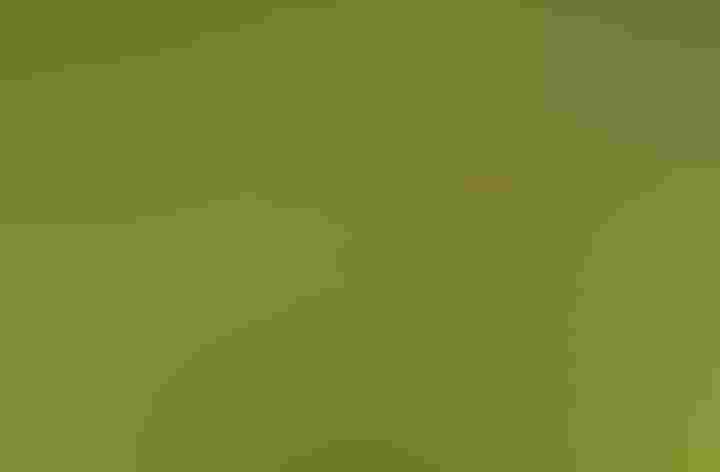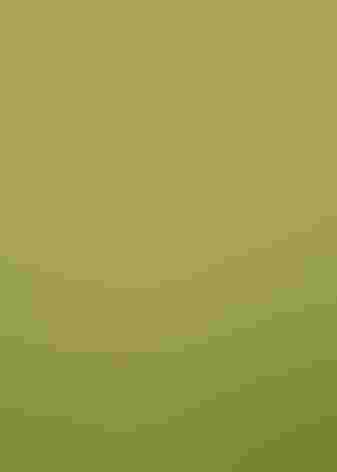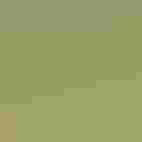Common Yellowthroat
At a Glance
Abundant and well-known, the Common Yellowthroat has succeeded by being a nonconformist. As the only one of our warblers that will nest in open marshes, it is found in practically every reed-bed and patch of cattails from coast to coast. Although it sometimes hides in the marsh, its low rough callnote will reveal its presence. The male often perches atop a tall stalk to rap out his distinctive song, wichity-wichity-wichity.
All bird guide text and rangemaps adapted from Lives of North American Birds by Kenn Kaufman© 1996, used by permission of Houghton Mifflin Harcourt Publishing Company. All rights reserved.
Category
Perching Birds, Wood Warblers
IUCN Status
Least Concern
Habitat
Coasts and Shorelines, Fields, Meadows, and Grasslands, Forests and Woodlands, Freshwater Wetlands, Lakes, Ponds, and Rivers, Saltwater Wetlands, Shrublands, Savannas, and Thickets
Region
Alaska and The North, California, Eastern Canada, Florida, Great Lakes, Mid Atlantic, New England, Northwest, Plains, Rocky Mountains, Southeast, Southwest, Texas, Western Canada
Behavior
Direct Flight, Flitter
Population
77.000.000
Range & Identification
Migration & Range Maps
Migrates mostly at night. In many areas, migration is spread over a long period in both spring and fall.
Description
5" (13 cm). Male's bandit mask contrasts with yellow throat and is set off above by paler stripe. Female plainer, can be confusing, but shows contrast between yellow throat and darker face; olive above with plain wings. Notice habitat, calls.
Size
About the size of a Sparrow
Color
Black, Green, White, Yellow
Wing Shape
Rounded
Tail Shape
Rounded, Square-tipped
Songs and Calls
Loud, fast witchity-witchity-witchity-witchity-wit or which-is-it, which-is-it, which-is-it. Call a sharp chip.
Call Pattern
Flat, Undulating
Call Type
Chirp/Chip, Whistle
Habitat
Swamps, marshes, wet thickets, edges. Breeds most abundantly in marshes and other very wet habitats with dense low growth. Also nests in briars, moist brushy places, tangles of rank weeds and shrubbery along streams, and overgrown fields, but is generally scarce in drier places. In migration and winter, still most common in marshes, but also occurs in any kind of brushy or wooded area.
Sign up for Audubon's newsletter to learn more about birds like the Common Yellowthroat
Behavior
Eggs
Usually 3-5, sometimes 6. Creamy white with brown and black spots. Incubation is by female only, 12 days. The male feeds the female on the nest during incubation. Very commonly parasitized by cowbirds.
Young
Fed by both parents. Leave the nest after 8-10 days. Normally 2 broods per year. Young are dependent on parents for a considerable period, longer than most other warblers.
Feeding Behavior
Forages in marsh and among other dense low growth, searching for insects on surface of plants, sometimes hovering briefly to take insects from foliage. Occasionally makes short flights to catch insects in mid-air, and sometimes forages on ground.
Diet
Mostly insects. Feeds mainly on insects, including small grasshoppers, dragonflies, damselflies, mayflies, beetles, grubs, cankerworms and other caterpillars, moths, flies, ants, aphids, leafhoppers, and others; also eats spiders, and a few seeds.
Nesting
Male displays to female during courtship by flicking wings and tail, following her closely, and performing a flight display: flying up to 25-100' in the air and returning to another low perch, calling and singing. Nest: Prefers to nest low (less than 3' up) on tussocks of briars, weeds, grasses, or shrubs, and among cattails, bulrushes, sedges in marshes. Bulky open cup built by female, sometimes with a partial roof of material loosely attached to the rim. Made of weeds, grass stems, sedges, dead leaves, bark, and ferns; lined with fine grass, bark fibers, and hair.
Conservation
Conservation Status
Has undoubtedly declined in many regions with draining of marshes, and perhaps also in some areas where good habitat still exists. However, still widespread and very common.
Climate Threats Facing the Common Yellowthroat
Choose a temperature scenario below to see which threats will affect this species as warming increases. The same climate change-driven threats that put birds at risk will affect other wildlife and people, too.











